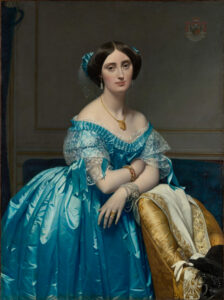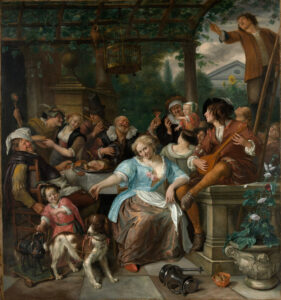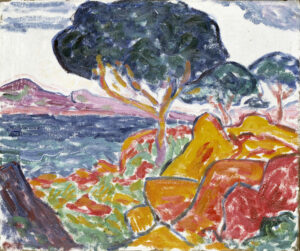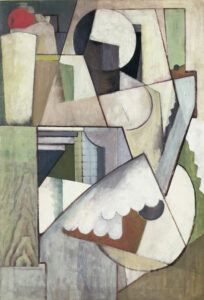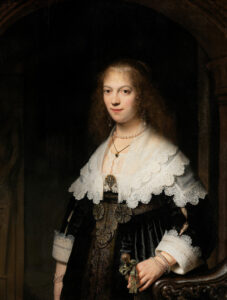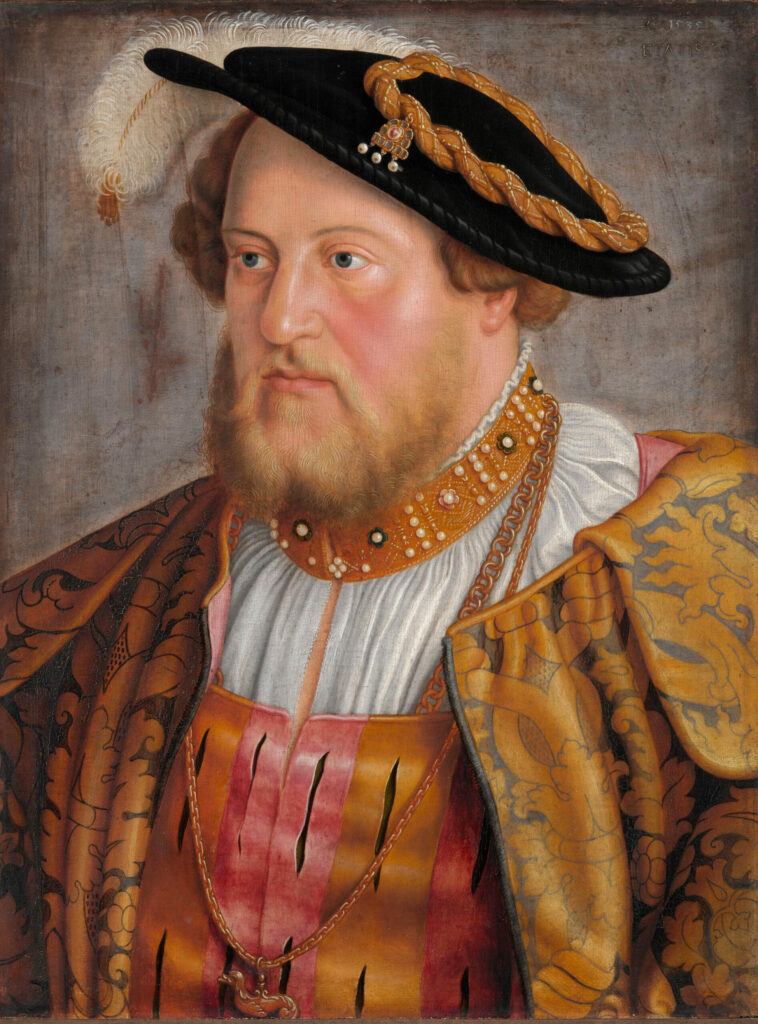
This portrait of Count Palatine Ottheinrich (Otto Henry), circa 1535, testifies to Barthel Beham’s technical excellence in the art of aristocratic portraiture.
The work reveals the influence of the Italian Renaissance adapted to the Germanic taste for detail. The sitter, depicted in bust format according to the conventions of official portraiture, displays the insignia of his high nobility: the hat adorned with ostrich feathers and golden braiding, the collar richly embroidered with pearls, and the doublet with red slashes highlighted in gold. Beham’s pictorial technique is distinguished by subtle modeling of the flesh and meticulous rendering of textures, legacies of the Danube School. The warm tones—ochres, reds, and golds—contrast with the neutral background, focusing attention on the sitter’s dignified presence. This commission perfectly illustrates court art in the Holy Roman Empire, where portraiture becomes an instrument of political and social representation, asserting the rank and magnificence of the patron.
Further information
- Barthel Beham, Count Palatine Ottheinrich, 1535
- 43 × 32 cm
- Alte Pinakothek, Munich, Bavarian State Painting Collections
- https://www.sammlung.pinakothek.de/de/artwork/jWLpZMK4KY/barthel-beham/pfalzgraf-ottheinrich
Barthel Beham (1502-1540) embodies the generation of German Renaissance “Little Masters” (Kleinmeister). Trained in Nuremberg in the circle of Albrecht Dürer, he developed a personal style blending Northern precision with Italian monumentality. Along with his brother Sebald and Georg Pencz, he was banished from Nuremberg in 1525 for his radical religious ideas. Settling in Munich and then Landshut, Beham became official portraitist to the Dukes of Bavaria. His works, strikingly realistic, document the Germanic aristocracy of the sixteenth century. An accomplished engraver, he also produced numerous mythological and allegorical prints. His premature death in Italy cut short a promising career, leaving behind a limited but remarkably high-quality body of work, now scattered among European and American collections.

